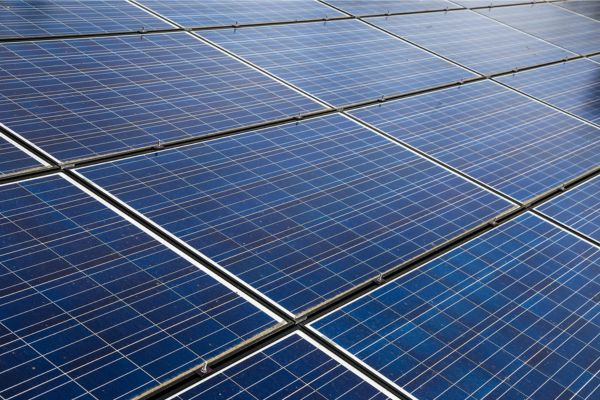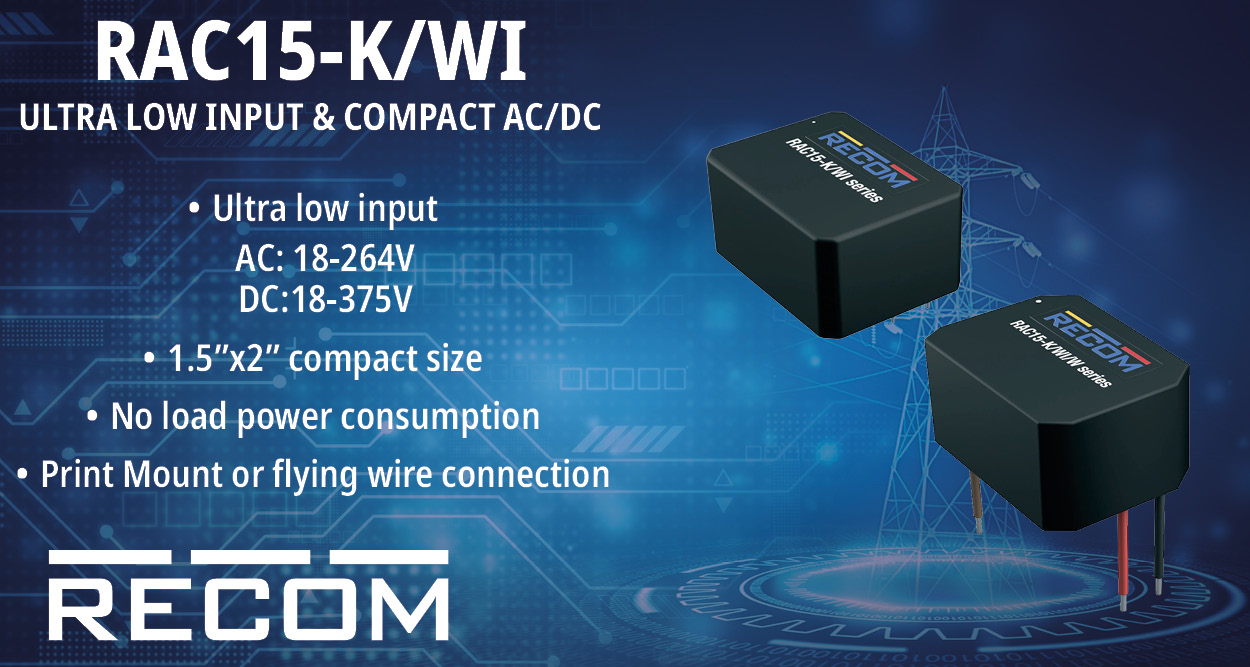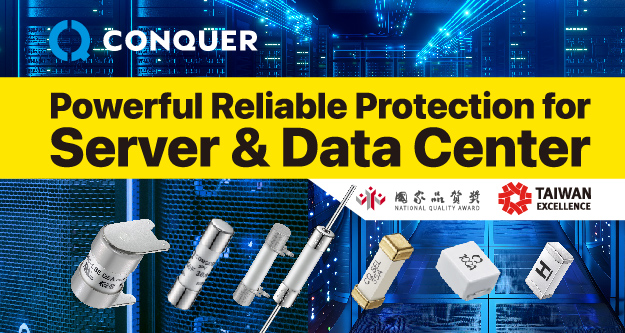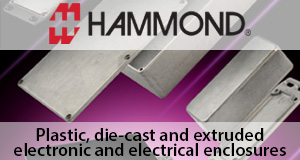The global perovskite solar cell market size is expected to surpass around USD 8,805.49 million by 2034 and is growing at a CAGR of 38.05% from 2025 to 2034.
The global demand for perovskite solar cells is expected to rise significantly due to their high efficiency and lower production costs compared to traditional silicon-based panels. Continuous advancements—such as the development of cells capable of maintaining performance under low-light conditions—are further propelling their adoption. Additionally, increased investments from public and private sectors in renewable energy are expected to support market expansion in the coming years.
Perovskite solar cells offer distinct efficiency and cost advantages over existing solar technologies. Their simplified manufacturing process and use of low-cost raw materials result in significantly lower production expenses compared to crystalline silicon and cadmium telluride (CdTe) thin-film solar cells. Ongoing improvements in performance and stability are unlocking new applications and scaling opportunities for the technology.
Currently, the Asia-Pacific region leads the market, driven by strong solar energy demand, an established manufacturing base, and robust R&D activities—particularly in China. The region also benefits from supportive government policies promoting solar adoption. Meanwhile, Europe is emerging as a major innovation hub, with substantial R&D funding aimed at enhancing cell efficiency and facilitating commercialization. In the United States, increasing interest and investment in perovskite technologies are contributing to ongoing development efforts.
Despite these opportunities, challenges remain—notably the need to improve operational stability in varying weather conditions and address safety concerns related to lead content. Furthermore, while perovskite cells are inexpensive to manufacture in theory, prototype-level costs still exceed those of silicon at scale. Overcoming these barriers—particularly in durability and production cost reduction—is essential for achieving grid parity with conventional silicon solutions.
Efficiency Improvement Potential
One of the key factors driving interest in perovskite solar cells is their rapidly improving efficiency. These cells have already surpassed traditional silicon cells in lab environments, with experimental models reaching efficiencies of up to 25.5%, compared to the typical average of around 20% for commercial silicon panels, according to the National Renewable Energy Laboratory (NREL).
The simple fabrication process of perovskite cells enables these gains at significantly lower production costs. Some projections suggest that large-scale production could be up to 10 times cheaper than for crystalline silicon, making high-efficiency solar power more accessible. According to the International Energy Agency (IEA), the levelized cost of electricity (LCOE) from perovskite-based residential rooftop systems could fall below retail electricity rates in many regions within the next five years, greatly enhancing solar competitiveness—even at smaller scales.
Cost Reduction Opportunities
The perovskite solar cell market holds strong promise due to its potential for low-cost production. Unlike silicon PV technologies, perovskite cells can be manufactured through low-temperature, solution-based processes, including slot-die coating and inkjet printing, which are compatible with roll-to-roll manufacturing on flexible substrates.
These production methods reduce energy consumption and capital costs, as they do not require the high-temperature furnaces or precision equipment associated with silicon-based panel fabrication. Additionally, perovskite materials are abundantly available, avoiding reliance on scarce elements like tellurium and indium used in other thin-film technologies (e.g., CdTe, CIGS). This makes perovskite cells a highly scalable, cost-effective solution for next-generation solar energy.
Perovskite Solar Cell Market Dynamics
Driver: Superior Advantages Over Traditional Solar Technologies
Perovskite solar cells offer numerous advantages over conventional silicon-based solar technologies, making them a promising alternative for next-generation photovoltaics. These cells boast competitive power conversion efficiencies (PCE) and exhibit the potential to surpass the performance of traditional solar cells. Notably, they are capable of converting a variety of light sources—including indoor, outdoor, and artificial light—into electricity.
Key benefits include:
- Lower fabrication costs, as perovskite cells use inexpensive raw materials and simpler manufacturing processes.
- Thinner cell structure, contributing to lightweight and flexible solar applications.
- Superior performance in low and variable lighting conditions.
- Broader spectral absorption, enabling better energy conversion across different wavelengths of light.
These advantages position perovskite technology as a disruptive force in the solar industry.
Restraint: Presence of Toxic Substances
Despite their potential, environmental and health concerns pose a significant restraint on the widespread adoption of perovskite solar cells. These cells often contain lead-based compounds, such as lead iodide (PbI₂), which can degrade over time and release toxic byproducts.
- Exposure to these substances may affect human respiratory health.
- Environmental contamination risks include air, water, and soil pollution.
Concerns over the toxicity of perovskite materials underscore the need for safer formulations and sustainable waste management solutions, which remain a barrier to commercialization.
Opportunity: Rising Investment and Funding in R&D
The global push toward renewable energy solutions has led to a surge in investments aimed at advancing perovskite solar technologies. With perovskite cells offering superior performance at lower costs—especially under low-light conditions—they are increasingly seen as a viable alternative to traditional silicon-based systems.
Notable industry developments:
- In January 2021, Microquanta Semiconductor secured Series C funding from investors such as Three George Capitals, Beijing Energy Holding, and Quzhou Financial Holding, aimed at scaling a 100 MW production line for perovskite tandem technology.
- In November 2020, Oxford PV received funding from the Brandenburg Ministry of Economics under the EU Regional Development Program, supporting efforts in perovskite cell manufacturing.
Such funding initiatives are expected to accelerate commercialization efforts and open up new market opportunities in both consumer and utility-scale solar segments.
Challenge: Stability and Operational Efficiency
A key challenge facing perovskite solar cell adoption is their limited long-term stability. These cells are sensitive to moisture, oxygen, heat, and prolonged exposure to light or voltage, which can lead to degradation and reduced performance over time.
To overcome this, researchers are actively working on:
- Improving material stability and cell encapsulation.
- Modifying the surface chemistry of perovskite layers to reduce reactivity.
- Developing alternative, non-toxic perovskite formulations with enhanced resilience.
Addressing these challenges is crucial to achieving the durability and efficiency required for large-scale deployment and commercial success.
Segmental Analysis
By Structure: Planar Perovskite Solar Cells Lead with 65.1% Market Share in 2025
Planar perovskite solar cells are projected to dominate the market with a 65.1% share in 2025, driven by ongoing technological advancements and their scalable design. Unlike mesoporous structures, planar cells offer a simpler architecture, enabling cost-effective, high-throughput manufacturing through coating and printing methods.
Recent R&D efforts are focused on:
- Innovative perovskite compositions
- Enhanced power conversion efficiencies (PCEs)
- Improved stability via encapsulation technologies
These improvements are making planar cells increasingly attractive to commercial solar manufacturers. Their compatibility with large-scale production and enhanced durability under real-world conditions are expected to accelerate their adoption across global markets.
By Product Type: Flexible Perovskite Solar Cells to Account for 68.1% Share
The flexible segment is anticipated to contribute 68.1% of market share in 2025 due to rising demand for lightweight, bendable, and semi-transparent solar solutions. These characteristics make flexible perovskite cells ideal for:
- Building-integrated photovoltaics (BIPV)
- Electric vehicles
- Wearables and portable electronics
Flexible perovskite solar films are compatible with roll-to-roll production, reducing costs and enabling mass deployment. Their versatility and aesthetic integration potential are drawing interest from industries focused on next-gen energy solutions that go beyond traditional rigid panels.
By End-Use: Energy Sector Leads with 36.1% Share
The energy sector is projected to account for 36.1% of market share by 2025, reflecting its increasing commitment to renewable energy adoption. Perovskite solar technology offers the high efficiency and low-cost production features that utilities and energy providers need to transition from fossil fuels to clean energy.
Key applications include:
- Utility-scale solar power projects
- Residential and commercial rooftop installations
As regulatory bodies push for carbon neutrality, perovskite’s scalability and improving reliability are positioning it as a strong candidate for widespread use in power generation infrastructure.
Regional Insight
North America: Market Leader with 38.1% Share in 2025
North America, led by the United States, is expected to retain its leading position in the perovskite solar cell market, accounting for 38.1% of the global share in 2025. The region benefits from:
- Robust R&D ecosystem supported by top-tier universities and federal funding
- High levels of venture capital and government incentives
- Strong presence of solar innovators like First Solar and SolarCity
Collaborations between academia and industry are accelerating commercialization efforts, and the expanding demand for advanced solar solutions in residential and commercial sectors is creating a ripe market for perovskite adoption. As U.S. manufacturers near mass production readiness, the region is well-positioned to define global standards for the perovskite solar cell industry.
Asia Pacific: Fastest-Growing Market, Driven by China
Asia Pacific—especially China—is emerging as the fastest-growing region for perovskite solar cell deployment. Chinese manufacturers view perovskite as a major opportunity to consolidate leadership in the global solar market. Key growth drivers include:
- Large-scale investment in manufacturing infrastructure
- Government incentives and policy support
- Strategic partnerships with global startups for mass production
China’s cost-effective labor, rising perovskite imports, and aggressive capacity expansion are accelerating its market presence. Additionally, increasing solar installations and foreign direct investment (FDI) in renewable technology are reinforcing the region’s position as a global perovskite hub.
Get Full Access of Report@ https://www.cervicornconsulting.com/buy-now/2356

















